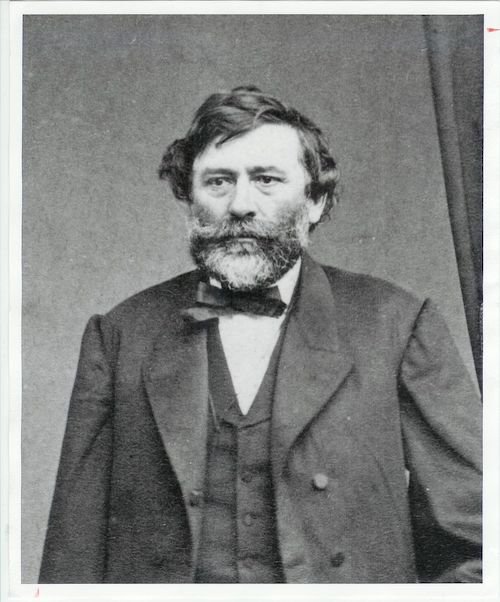The history of grape growing in the Midwest dates back to the early 19th century. At that time, settlers brought grapevines with them as they migrated westward from the East Coast. These early grapevines were mainly used for eating or making grape juice, but some settlers also attempted to make wine.
In the mid-1800s, the first commercial grape vineyards were established in the Midwest. This was driven in part by a desire to develop a domestic wine industry that could compete with European imports. The Midwest proved to be a favorable region for grape growing due to its fertile soils, ample water supply, and suitable climate.
The history of grape growing in Wisconsin specifically, dates back to the mid-1800s. During this time, German and Swiss immigrants brought their knowledge of grape cultivation to the state and established vineyards primarily in the southern part of Wisconsin.
Wisconsin’s Winemaking Pioneer
The first notable wine grape vineyard in Wisconsin was established in the 1840’s near what is now Prairie du Sac by Agoston Haraszthy.
Haraszthy immigrated to the United States in 1840 and settled in Wisconsin, where he became interested in viticulture. After establishing successful vineyards in Wisconsin, he then moved west to California, driven by an interest in the gold rush and a desire to find warmer climates to grow grapes.
Haraszthy is known for his contributions to the development of the Wisconsin and California wine industries. He introduced many European grape varietals to California, including Zinfandel, which became one of the state's most popular grape varieties. He also experimented with different winemaking techniques and helped to establish quality standards for wines.
Haraszthy is sometimes referred to as the "father of California viticulture," and he was inducted into the Vintners Hall of Fame in 2007.
Troubles on The Horizon
In the late 1800s, the grape industry in Wisconsin continued to grow. This was driven in part by a growing demand for wine in the United States and a desire to develop a domestic wine industry. However, the Prohibition era dealt a severe blow to the grape industry in Wisconsin, as it did in other parts of the United States. Many vineyards were abandoned or converted to other crops.
After Prohibition was repealed in 1933, the grape industry in Wisconsin slowly began to recover. In the 1960s, a renewed interest in grape growing and winemaking led to the establishment of new vineyards and wineries throughout the state.
The Wisconsin Grape Growing Boom Begins
In 1994, Wisconsin was granted its first American Viticultural Area designation, forming the Lake Wisconsin AVA in Southwest Wisconsin.
An American Viticultural Area (AVA) is a designated, prime wine grape-growing region in the United States that is recognized by the Alcohol and Tobacco Tax and Trade Bureau (TTB). An AVA is a specific geographic area that has distinguishing features, such as climate, soil type, topography, and other environmental factors that affect the grapes grown in that area.
In 2012, The Wisconsin Ledge AVA was established in the coastal area of northeast Wisconsin. The AVA runs from Door County in the north, down to Ozaukee County in the south, with Anton Vincent Winery being the most southern commercial vineyard in the region.
Wisconsin Ledge takes its name from the Niagara Escarpment — a limestone ledge that runs through the region which provides ideal conditions for grape growing. The region has a cool climate and a short growing season, but the limestone soil is well-suited to growing cold-hardy grape varieties, and the proximity to Lake Michigan helps to regulate temperatures during the growing season.
Today, Wisconsin is home to over 100 wineries and more than 1,300 acres of vineyards. The state's grape industry continues to boom, driven by an increased interest in new hybrid grape varieties that can withstand Wisconsin's winters, such as Marquette, La Crescent, and Frontenac. These varieties are quickly gaining national recognition for producing high quality wine and being pest and disease resistant.
The Future of American Winemaking
As climate change continues to put strain on California vineyards through droughts, fires, and scorching hot temperatures, winemakers are left to think about the future of the industry. As temperatures warm, traditional American wine-growing regions may become too hot to grow certain grape varieties, and some winegrowers are already moving their operations to cooler regions like the midwest to get in on the new midwest grape boom.



